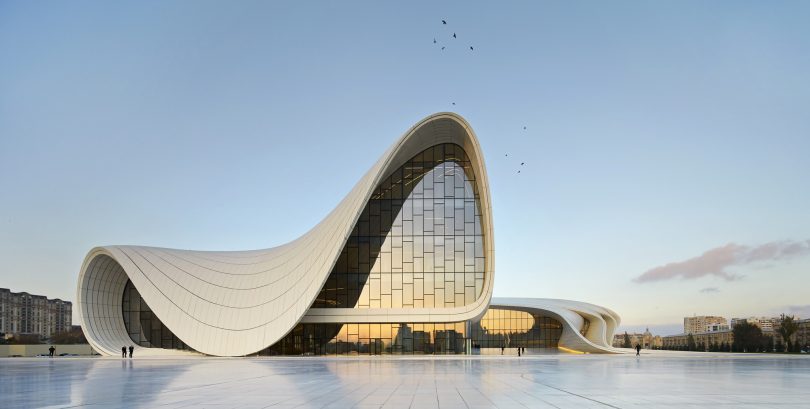Generative Design is the new trending digital technology transforming the life of architects or the architect firms.
What is Generative Design?
It is an innovative methodology for exploring the design process of an architecture. The concept analyzes and assesses the possible solution options and generates the potential solution alternatives. The design processes undergo multiple iterations coupled with quality assurance checks for evolution of the design.


Salient Features of Generative Design
The key features and functionalities of generative design in architectural space are:
- Integrates artificial intelligence (AI) into the overall design process
- Leverages metaheuristic search algorithms for arriving at the possible results
- Comprises of 3 main components:
- A generative geometry models
- Metrics and measures
- A metaheuristic search algorithm
What Is A Generative Geometry Model?
A generative geometry model is used to define the possible solutions for design in the generative design framework.
The metrics help in measuring the outcome of the possible solutions and ultimately to achieve the goals and objectives. The metaheuristic search algorithm is a powerful mechanism to assess the various design options that are high performing. The options aid in arriving at the best possible solution in sync with the stated objectives.
The Different Phases of Generative Design
The gamut of Generative Design is huge. Before starting the process, there are some pre-requisites and once deployed there are some post deployment steps. Let us discuss about each of the steps.
What Are The Pre-requisites?
First and foremost, you need to collect and gather the relevant data. All the critical information must be accumulated that will eventually aid in evolution of the generative design. The next step is to formulate the design goals to be achieved by the framework.
Key Steps Followed In Generative Design.
1. Generate
The design space is evaluated and assessed for deriving the possible solutions. The layout, the constraints, and the various neighboring zones in a location are thoroughly studied. This analysis forms the basis of comprising the possible best design solutions for the allocated space. Various geometrical patterns are derived with their possible permutations along with the pros and cons. The patterns are drawn to meet the design specifications.
2. Evaluate
In this step, the solution design options are listed and a score is attached to each of them. The scoring mechanism is based on certain metrics and measurement criteria. The evaluation is done to check the goals, objectives and outcome expected from the proposed solution. The scores will serve as the input to the metaheuristic search algorithm.
3. Evolve
The metaheuristic search algorithm will utilize the scores calculated to finalize the best possible solution for the stated requirements and goals. It is empowered with automation and artificial intelligence for arriving at the best design decision.
Post Generative Design Activities?
In the post phase, designers and architects leverage the design tools and options in judging the correct solution. Besides they manually refine and fine tune the solution to suit the requirements and objectives. The constraints are evaluated and if needed the design is further enhanced to meet the desired outcomes.
Generative Design – Interesting Facts
- Uses bottom-up approach to address design issues and problems
- The solutions are generated based on rules that are parameter driven
- The latest and trending design algorithm followed is that of artificial neural network
- For optimization and evaluation of the solution, the key computational tools used are topology optimization and finite element method
Do you know?
The glass roof of Queen Elizabeth II Great Court in the British museum in London uses geometrical structures in alignment with the generative design concept.
Benefits Of Using Generative Design
The key benefits of using generative design are illustrated below:
- Efficient and faster resolution of design problems in contrary to the traditional design frameworks
- Generates infinite set of solutions depending on the design rules and parameters
- Aesthetics and structural stability are effectively maintained in the architectural world through the optimal solution provided by generative design
- Architects and designers can perform trial and error in the design approach and perform required rectifications through the iterative methodology.
- With generative design, automation is fast tracked allowing the designers and architects to focus on more complex issues; thus overall benefiting the productivity and growth of a firm
- Elimination of repetitive tasks in the designing process leads to reduction of effort and cost
Conclusion
Generative design is transforming the architectural arena, equipping the architect community with new, competitive and emerging capabilities. Multiple design alternatives are put forward to select and decide from. Significant improvement in quality and efficiency have been observed by deploying the framework in the designing process. Routine tasks are automated leading to an overall enhancement in the potential efficiency and productivity.








